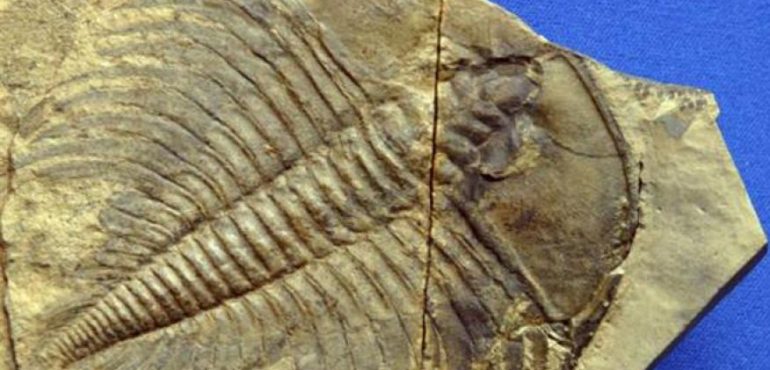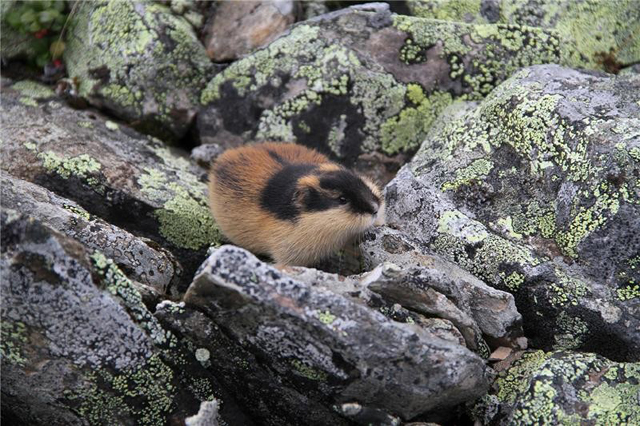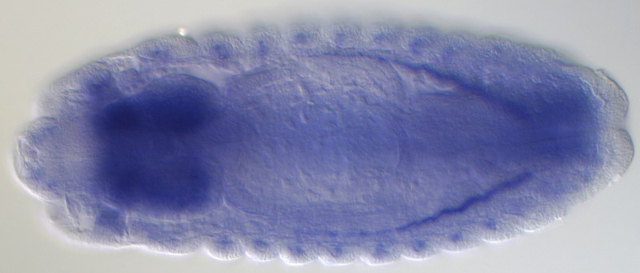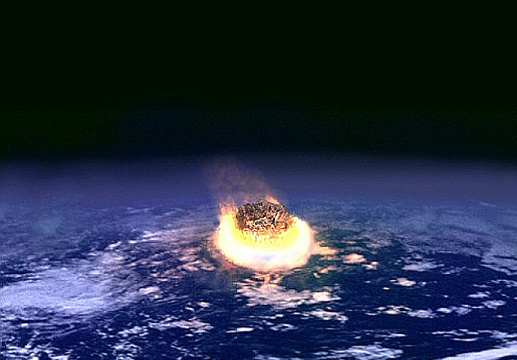A microbial feeding frenzy may have fueled the biggest mass extinction in Earth's history, new research suggests. The findings suggest that bacteria, with a little help from massive volcanism, produced large quantities of methane, thereby killing 90 percent of life on the planet. Mass extinction About 252 million years ago, more than 96 percent of ocean…
Read more
Microbes may have contributed to Earth’s biggest extinction










